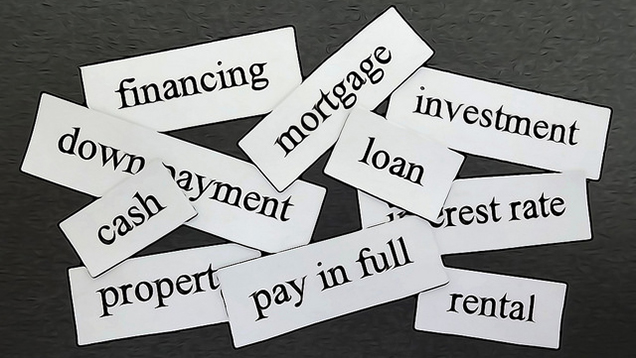When it comes to deciding whether to save money or pay off debt, the specifics of your situation can make the answer very subjective. Simplify this by taking your debt’s interest rate, multiplying it by ten, and applying that percentage of your savings towards paying off the debt.
Photo by Rental Realities
As personal finance blog Financial Samurai explains, high interest debt will eat away at your savings over time. If you have $3000 in a long-term savings account earning 8% year-over-year, but you also have $3000 in credit card debt on which you owe 18% year-over-year, you’ll lose in the long run if you don’t pay it off.
Of course, you can’t just avoid saving just because you have a car payment or a mortgage, right? To discern when to pay down debt and when to save, multiply the interest rate by ten:
The percentage of one dollar you should consider allocating to paying down debt is simply the debt interest level X 10. In other words, if your debt interest level for your student loan or mortgage is 3%, then allocate 30% of your savings to pay down your debt, and 70% of your savings towards investments.
Of course, it’s still a smart idea to keep an emergency fund. However, anything beyond that should probably go towards paying down that balance, or your investments won’t mean make as much in the end.
Pay Down Debt Or Invest? Implement FS-DAIR [Financial Samurai via Rockstar Finance]

Comments
3 responses to “How To Decide How Much Of Your Savings Should Pay Off Debt”
Any credit card with a rate higher than 10% automatically means no emergency savings fund.
Everything is going into repaying the credit card.
So if I had a mortgage at 5% and CC at 12%, I need to allocate 170% of my savings towards them?
Worst plan ever
1. Your savings, as distinct from your income, would be what you have left over after your mandatory mortgage repayments and other unavoidable expenses.
2. If you have any debt at 12% or more, getting rid of it takes priority over putting money in the bank or investing it, otherwise you are just throwing money away on interest.
So no, not 170% of your savings, but yes, as much as possible on the credit card.
Financial advice for the disnumerate, from the disnumerate.
Just remember, this is a guideline.
In your case, you’d better focus on reimbursing more than the minimum repayment the CC first before doing the same thing on the mortgage, that’s easy 😉